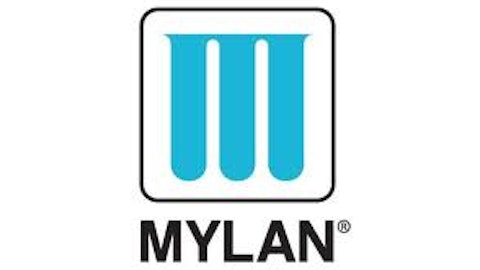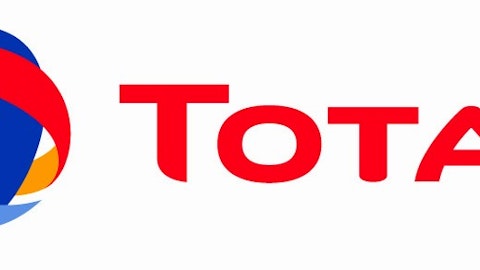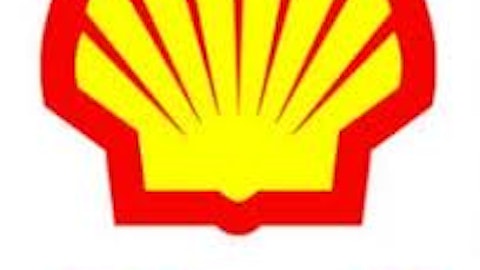
The natural-gas market has been cooling down in recent weeks as the price of natural gas has been declining. Will natural gas decline further? Will it fall below the $3 mark? How will the recent developments in the natural-gas market affect leading natural-gas companies such as Northeast Utilities System (NYSE:NU)?
Let’s examine the recent developments in the natural-gas and liquefied-natural- gas (LNG) markets and see what is up ahead.
Natural gas price is falling
The weakness of natural gas in recent weeks is also reflected in the sharp fall of the United States Natural Gas Fund, LP (NYSEMKT:UNG) . During the month, the fund declined by 10.6%. This ETF follows the price of short-term natural-gas futures that are traded on NYMEX. As of June 27, the fund’s net assets reached $838 million. Keep in mind that the ETF isn’t an exact match with the price of natural gas and it has a small gap from the change in natural-gas prices that currently stands at 0.3%. To analyze what is next for natural-gas prices, let’s examine the recent developments in natural-gas demand, supply and storage.
Demand and supply
Based on the U.S Energy Information Administration, natural-gas consumption in the residential/commercial sector declined in recent weeks as the weather continued to heat up. Companies such as Northeast Utilities System (NYSE:NU) are likely to see a sharp drop in natural-gas distribution in the second quarter of 2013 compared to 2012: In the second quarter of 2012, revenue from natural-gas distribution reached $2.1 billion, which represented 11% of the company’s total revenue. But this segment accounted for 19% of Northeast Utilities System (NYSE:NU)’ total earnings. This means, natural-gas distribution is the company’s most profitable segment and is likely to fall in the coming quarters. On the other hand, the higher price of natural gas in 2013 compared to 2012 is likely to curb the drop in natural-gas revenue.
Conversely, consumption in the power sector continues to rise as utilities keep using their natural-gas stockpiles to generate electricity. On a national level, the rise in power-sector consumption is keeping total demand rising. The demand for natural gas in this sector is likely to keep rising but will be lower than last year’s. This summer is expected to be cooler than last year, which will reflect in a slower rise in natural-gas consumption in the coming months.
From the supply side, natural-gas production continues to slowly increase. Despite the rise in production, the number of natural-gas rigs continues to fall and reached 349 by the end of last week. The current number of rigs is 35% lower than last year’s rig count.
Based on the above, the ongoing rise in natural-gas consumption in the power sector is likely to curb the fall in natural-gas prices in the coming weeks. Moreover, as heating degrees continue to climb, demand for electricity will keep rising, which will prevent natural-gas prices from tumbling.



